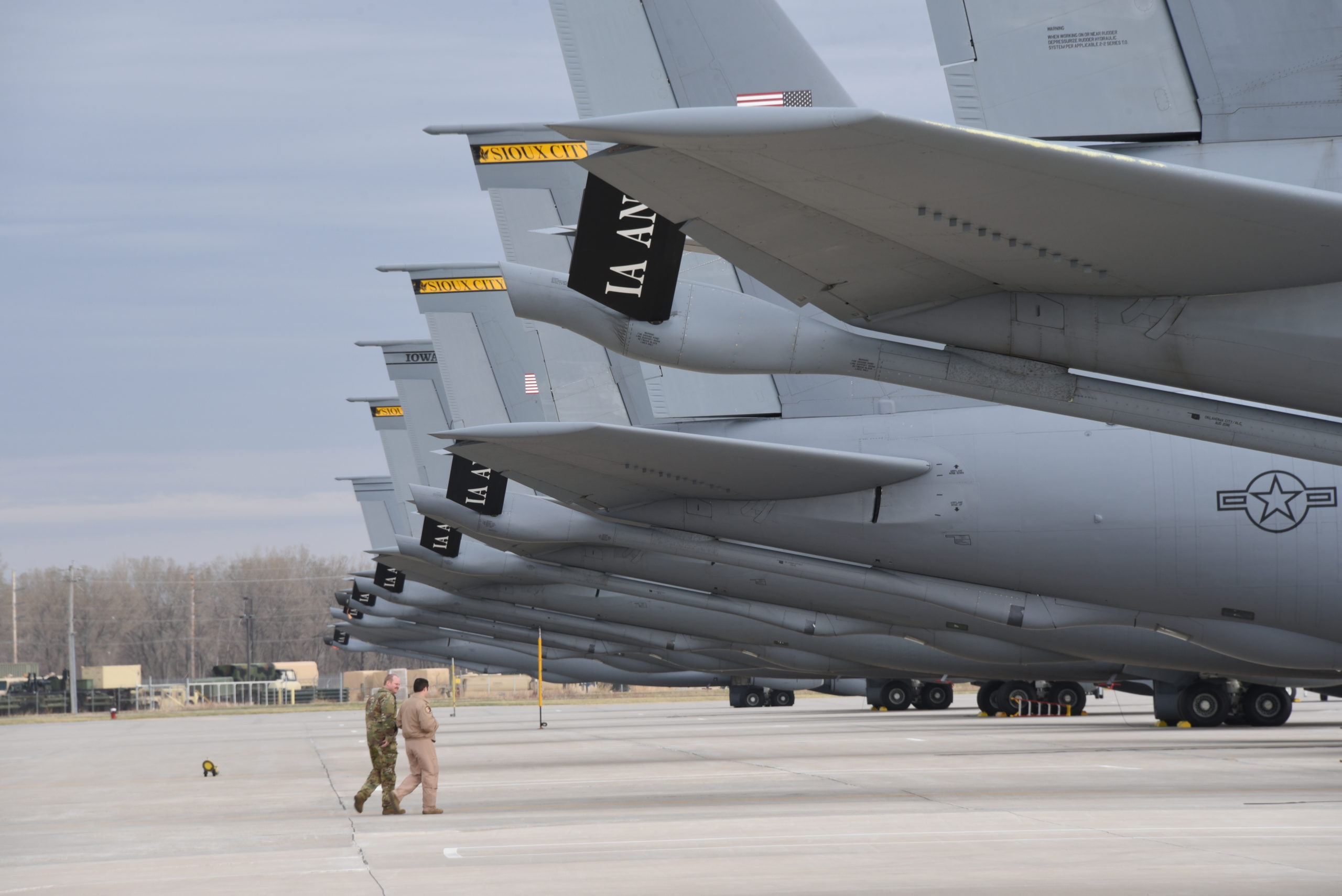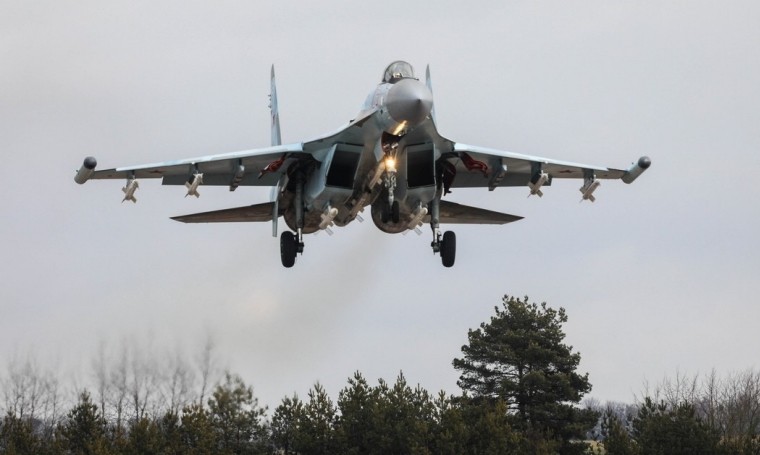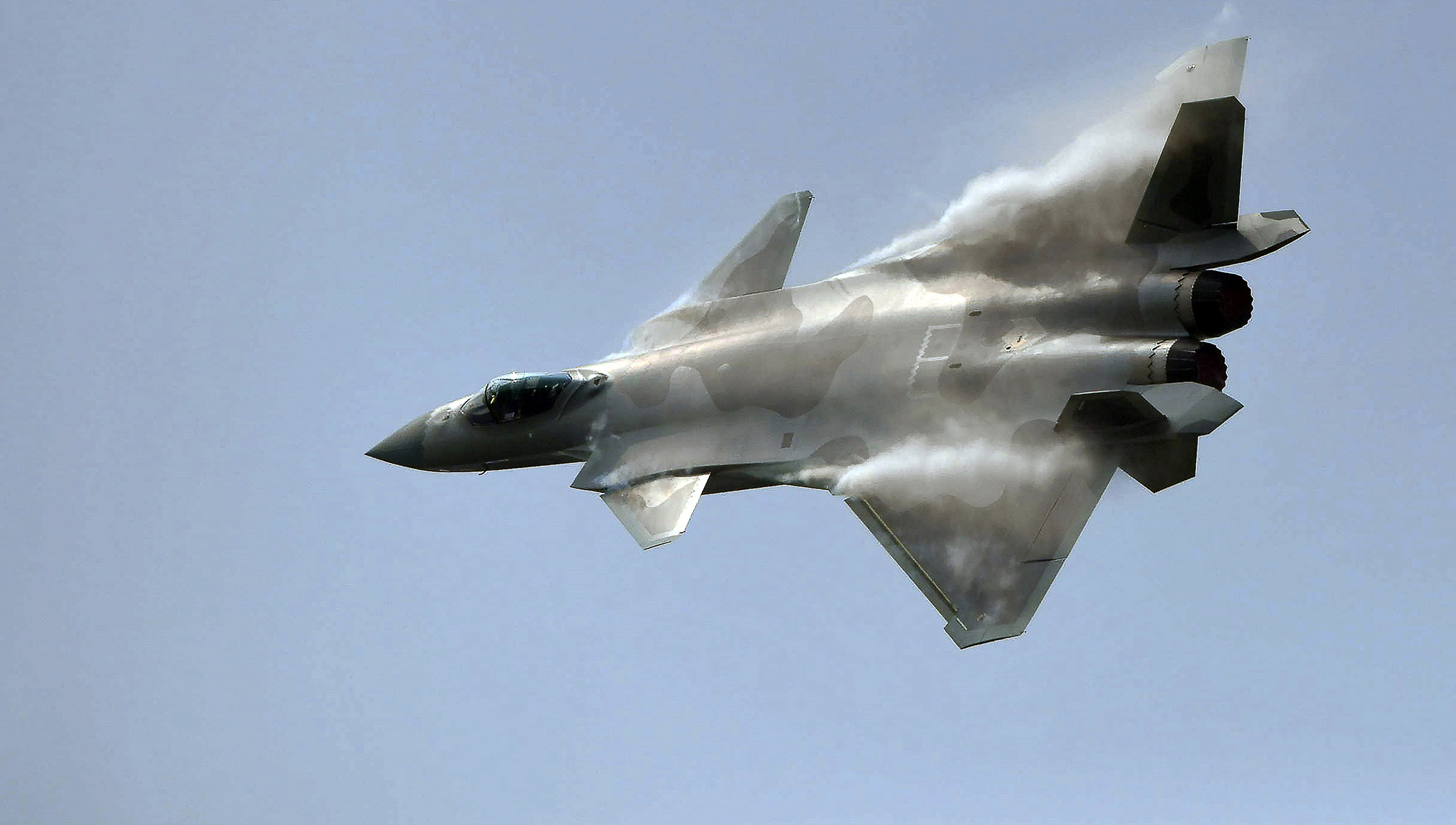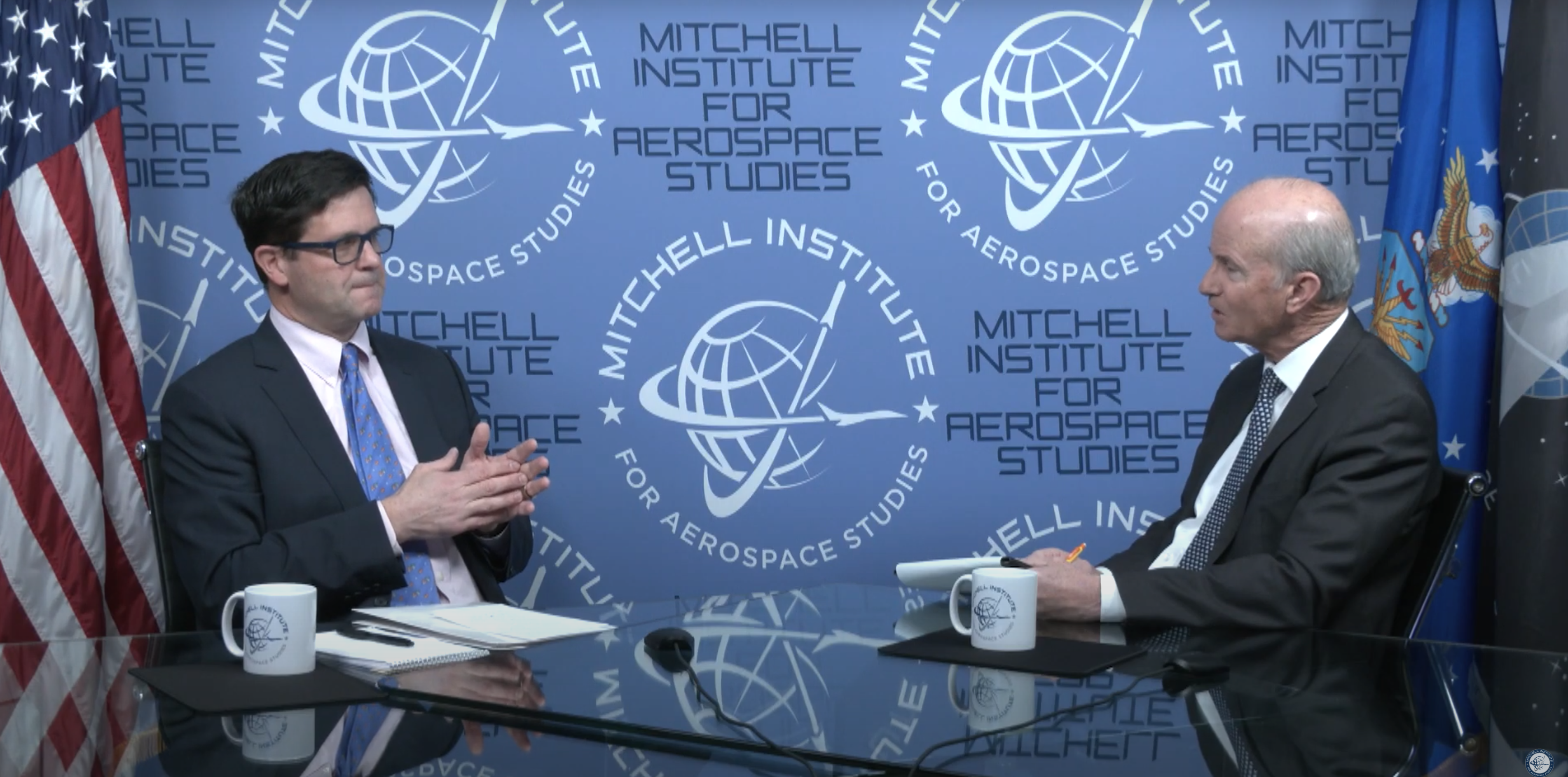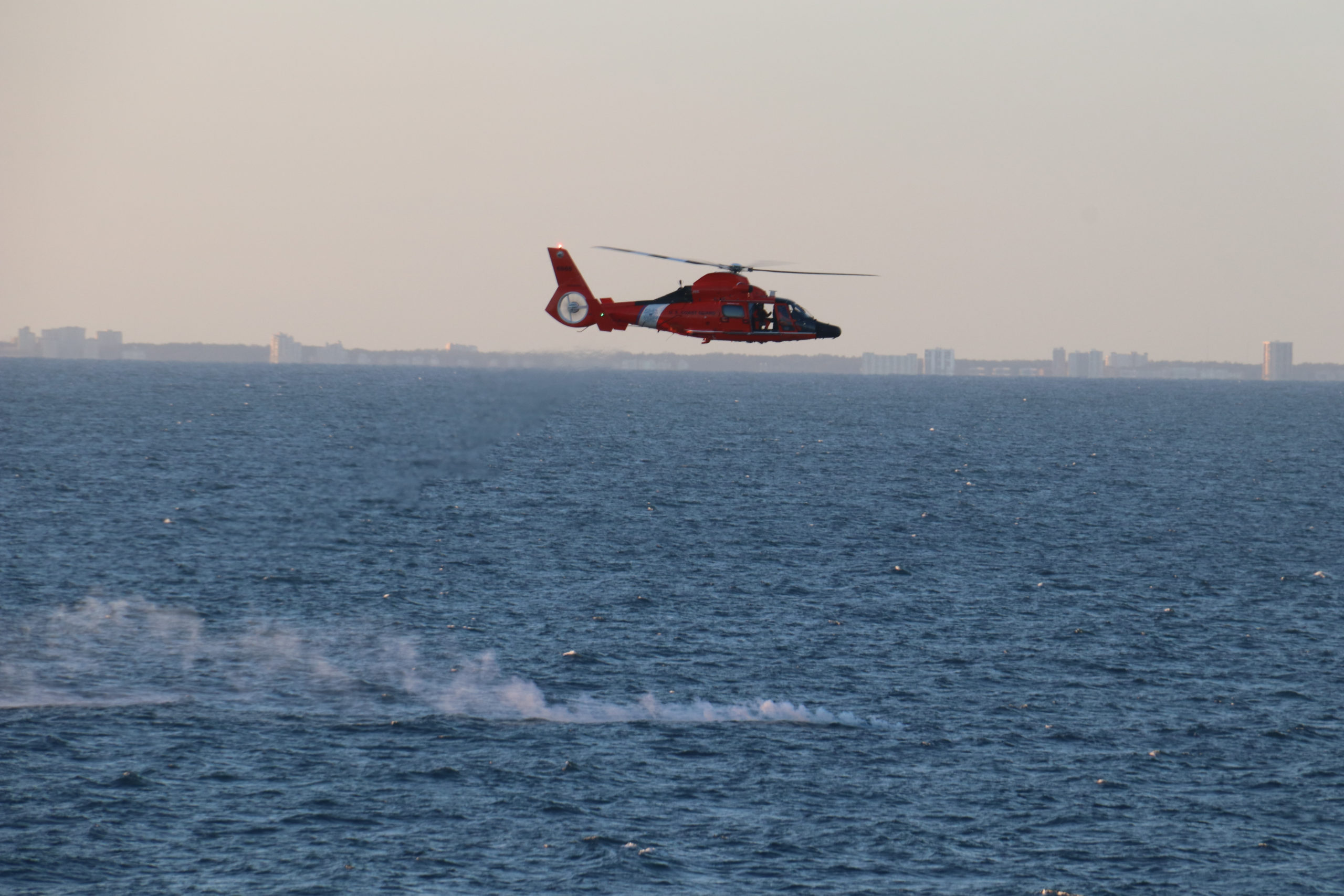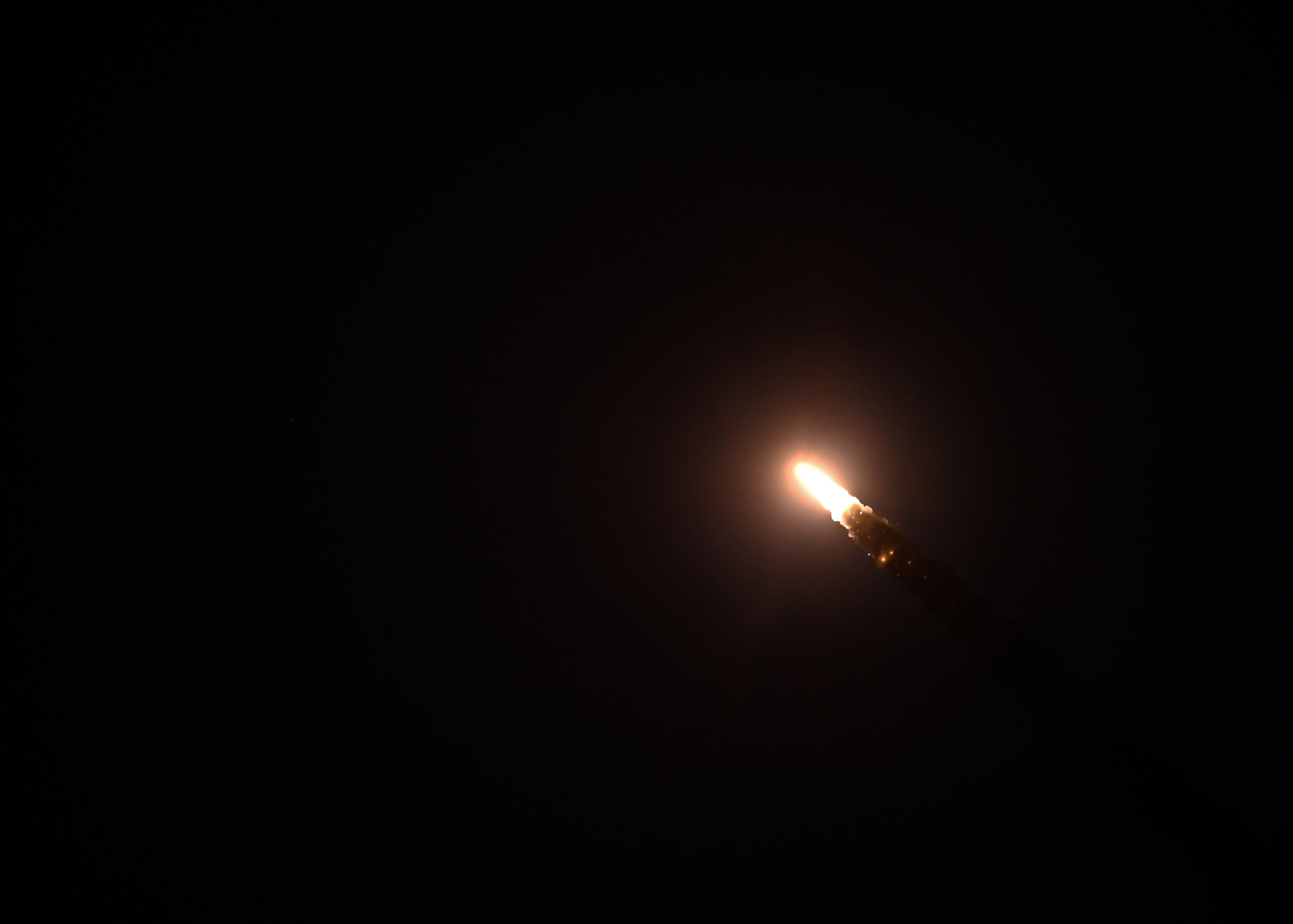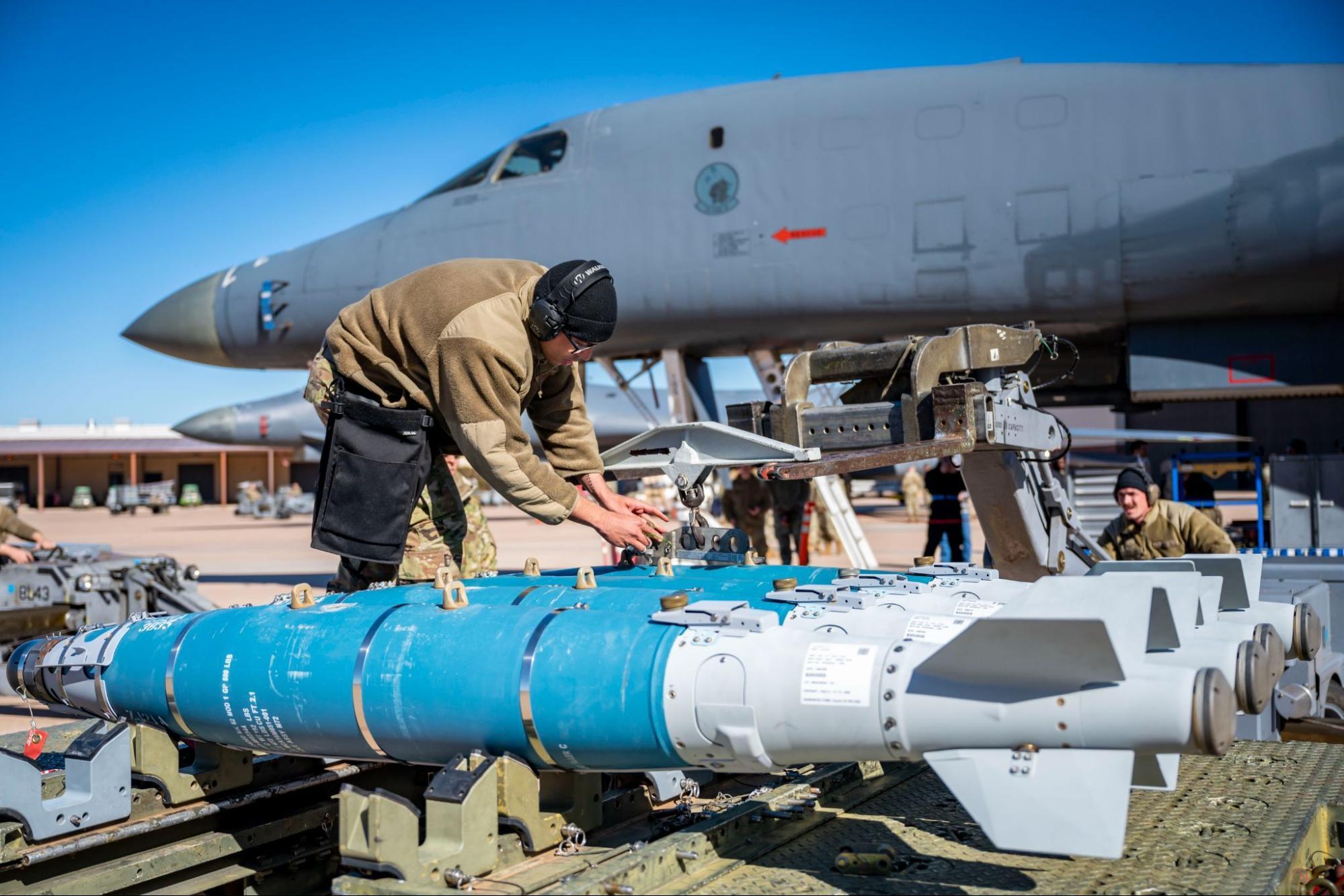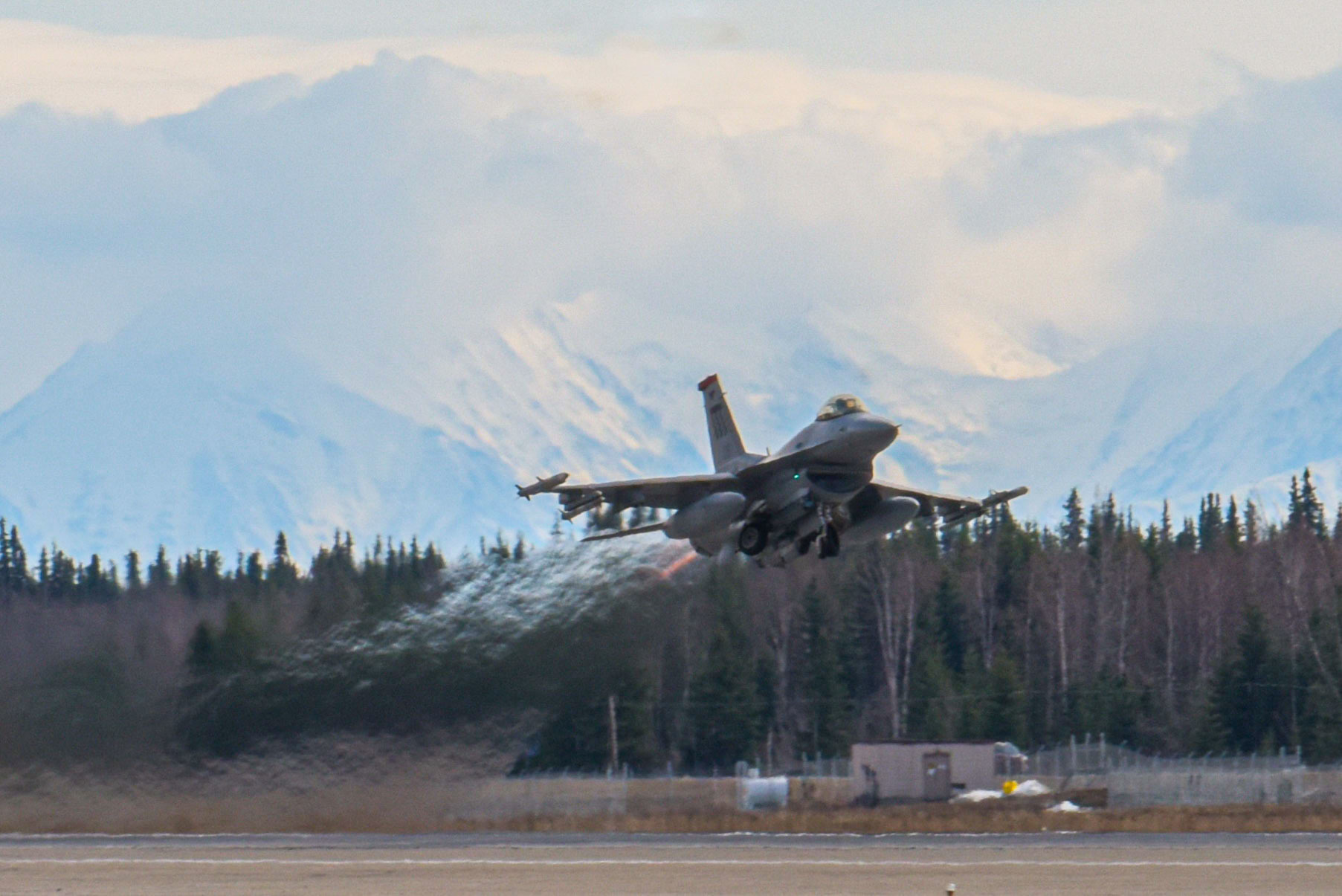Supplying advanced aircraft to Ukraine emerged as a key issue of the Senate Armed Services Committee’s first hearing of the new Congress. Over the course of nearly three hours Feb. 15, national security experts and lawmakers also discussed the upcoming 2024 National Defense Authorization Act, the looming specter of China’s Indo-Pacific ambitions, and Russia’s invasion of Ukraine.
Roger Zakheim, director of the Ronald Reagan Presidential Foundation and Institute, testified that the national security community has learned over the past year that providing military support capability to Ukraine would not escalate or broaden the conflict.
“Western support has helped transform the battlefield, badly damaging Russia’s military capabilities and moderated, for now, Putin’s military objectives,” he said. “Going forward, our support to Ukraine, be it with tanks, drones, aircraft, or missiles, should be tailored to executing a counter offensive strategy that rolls back Russia’s gains and restores Ukraine’s sovereign territory.”
As such, Zakheim encouraged the committee to consider providing additional materiel to Ukraine, including fourth-generation fighter aircraft.
“I think the point here is: What is the platform going to be used for? Why is it necessary? That is the question that should animate decision making with the emphasis on urgency and speed,” he said. “I think fighter aircraft—ones that this Congress has authorized the U.S. military not to use anymore that could easily be sent over there—could have a material impact on the fight within the sovereign territory of Ukraine.”
Sen. Angus King (I-Maine) mentioned one of his concerns in Ukraine is the Russians preparing for a spring offensive with Ukraine unprepared.
Zakheim insisted the focus should be on strategy, not concerns that Ukraine might use a specific platform for something other than what the U.S. would like.
“If we trust Ukraine to restore its sovereign territory, then we should trust them with the platform to do that and not worry they’re going to use the platform for some other purpose or escalate the battle beyond the territory of Ukraine,” he added.
King followed up, asking if Ukraine had respected existing limitations, particularly about expanding the conflict back into Russian territory. Zakheim noted some debate about the issue but argued that the Ukrainians would focus on their own sovereign territory.
Aircraft support was just one issue of many discussed at the hearing, with China and Russia remaining centerpieces of U.S. national security posture.
“China is our primary competitor; it is the only nation with both the intent and the capability to mount a sustained challenge to the security and economic interests of the United States and allies and partners around the world,” said SASC chairman Sen. Jack Reed (D-R.I.) “At the same time, Russia remains a violent destabilizing force.”
Reed also emphasized that both countries remain existential threats, and the U.S. should be the alternative to Beijing and Moscow’s attempts to threaten vulnerable populations around the globe.
Ranking member Sen. Roger Wicker (R-Miss.) noted that massive Chinese military modernization and Russia’s Ukraine invasion illustrate the need for the committee to provide the tools for their defeat.
“There’s no doubt that continued real growth in the defense budget topline, above inflation, real growth above inflation, is an absolute necessity,” Wicker said. “We are in the crucial years of this military competition, and we cannot afford to let our guard down.”
Though there was bipartisan consensus to support Ukraine and the build up capabilities in the Indo-Pacific, the question remaining is how exactly to do that—and how much.
“Congress has provided billions of dollars of equipment and munitions to help the Ukrainian armed forces defend their country’s sovereignty and independence,” Wicker added. “Although we have provided considerable resources, I remain disappointed that the [Biden] administration has been hesitant to provide Ukraine with advanced capabilities to secure victory.”
Wicker added that competing with China hinges on robust production of different weapon systems and platforms, particularly naval assets.
Bonny Lin, senior fellow with the Center for Strategic & International Studies, noted that by 2049, China’s nuclear and conventional capabilities could resemble that of the U.S. But dealing with China has become even more difficult as Xi Jinping established himself as China’s sole leader, and she said she sees no end to China slowing down its ambitions.
“U.S. engagement efforts, to date, are prone to disruption, and the [People’s Republic of China] continues to stonewall calls for critical dialogues,” Lin said, adding that the U.S. approach has encouraged the Chinese to compete more with the U.S., as well as its allies. “The PRC blames United States and our allies and partners for what it views as its deteriorating security environment and does not view its behavior as problematic.”
Still, Lin warned that there is a risk that miscalculations on China’s part about such competition could foster confrontation. She also encouraged the U.S. to continue working to strengthen alliances to counter Chinese coercion—alliances that would be crucial to the survival of Taiwan in the event of a Chinese invasion of the island.
“It cannot defend itself, no matter what we do, no matter what equipment we give them,” Lin said when Sen. Joe Manchin, D-W.V., asked if Taiwan could defend itself alone. “When you’re talking about a large-scale invasion event, the major, the vast power disparities that China can bring to bear, Taiwan would not be able to stand.”
But she added that Taiwan could defend itself with help from the U.S. and allies.
Speaking to the security environment in Europe, Fiona Hill, senior fellow at the Brookings Institution, said the biggest challenge is obtaining regional security on which Europeans can agree.
“We need to find a formula that’s not entirely dependent on the military and economic power of the United States or its political leadership to ensure long-term success,” Hill said. She also emphasized that nothing in place after World War II and during the Cold War stopped Russia’s annexation of Crime in 2014, let alone its Ukraine invasion in 2022.
“Western deterrence failed, in part, because American and European policymakers never meaningfully emphasized the West’s red lines; indeed, one might even ask, what were our red lines?” she said. “We certainly did not appear to uphold the post-World War II principle of ensuring independent state sovereignty and territorial integrity after 2014.”
From a budget standpoint, Zakheim recommended increasing spending levels from that of 3 percent of gross domestic product to 5 percent of GDP.
“As Congress debates how to manage spending amidst the debt ceiling negotiations, it should be mindful that cutting defense to FY 22 levels, which would be about 10 percent to the top line, would render the defense strategy nonexecutable,” he said. “It would reduce our military to nothing more than a regional force.”

